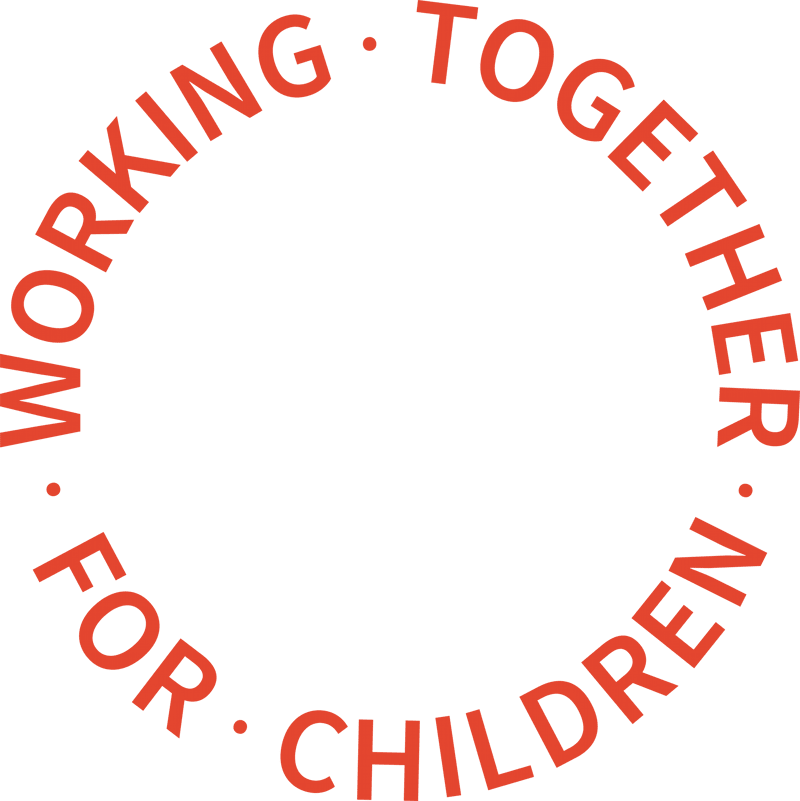Agencies warned: do not underestimate the risk of criminal exploitation, writes Clare Jerrom.
There is a real need for urgency in work tackling the criminal exploitation of young people, a joint inspection report has revealed.
Ofsted, Care Quality Commission (CQC), HMI Constabulary and Fire and Rescue Services (HMICFRS) and HMI Probation (HMIP) carried out a joint targeted area inspection on criminal exploitation, extending its focus again on child sexual exploitation and children missing.
The report, based on inspections of three local areas - Greenwich, Southend-On-Sea and Dorset, found that there were children who were criminally and sexually exploited in all the areas visited.
The inspectorates found that some agencies were identifying risks to children and responding well to those children who were being criminally exploited. However, some agencies were too late in recognising the scale or the extent of the problem in their local area meaning that for some children, risk was not addressed quickly enough.
"Children who are being exploited cannot wait for agencies that are lagging behind or failing to recognise this issue," said the report. "We must ensure that the mistakes that some partners made in being slow to recognise the risk of child sexual exploitation in their local areas are not repeated in response to other forms of exploitation, including criminal."
High levels of violence
Within criminal exploitation, there has been coverage and a particular focus on the risks of county lines activity, where individuals or gangs use vulnerable children and adults to transport and sell Class A drugs, primarily from urban areas into market or coastal towns or rural areas to establish new drug markets or take over existing ones. They also use children to transport and hide weapons and to secure dwellings of vulnerable people in the area, so that they can use them as a base from which to sell drugs. County lines is about modern slavery, human trafficking and exploitation, alongside drug supply and violent crime, the report states.
County lines activity is a problem across England and a report from the National Crime Agency found that 88% of the 38 police forces that responded to a survey reported county lines activity. Furthermore, The National Crime Agency recently assessed that there are more than 1,500 lines operating nationally, with evidence of increasing levels of violence.
There are high levels of violence and intimidation linked to this activity and children are often groomed and/or tricked into working before they recognise the dangers. The inspections revealed that children can be very quickly groomed into criminal activity often before parents or professionals realise what is happening.
Fear, violence and intimidation
Alongside the violence, some children are forced to carry the drugs in harmful ways that are abusive and could result in their death, such as ‘plugging’ which is when children can be forced by an adult or another child to insert and carry drugs in their rectum or vagina. This is a common feature of county lines activity and a clear example of child sexual abuse, the report warns. The inspections also found that many children were both criminally and sexually exploited by the gangs or individual running the county line and there was evidence of sexual violence being used as a form of punishment.
The inspectorates also found evidence of:
- Cuckooing, where children are sent to live with a vulnerable adult miles from home to set up or be part of a new drug market or expand an existing one.
- Some children have been stabbed and killed by rival gangs or dealers.
- Gangs can threaten the safety of their family or parents, including directly at their homes.
- Younger siblings are often recruited through fear, violence and intimidation against the family of older exploited children.
"All criminally exploited children are at risk of neglect, emotional harm, sexual exploitation and abuse, as well as substance misuse and extreme forms of violence," said the report. "The trauma caused by intimidation, violence, witnessing drug use or overdoses and continued threats to themselves or to family members leads to significant mental and physical ill-health of exploited children."
All children are vulnerable to criminal exploitation
The inspectorates warn that all children are vulnerable to criminal and sexual exploitation, not just specific groups. Children targeted for the purpose of county lines come from a wide range of backgrounds. Professionals and parents should not assume that the most vulnerable children are the only vulnerable children.
The report urges a whole-system multi-agency approach to address the perpetrators and to protect and support victims as well as raising awareness including engagement from children's services, youth offending teams, health, police, probation, adult social care, transport, housing, community safety, safeguarding partners and local businesses.
"A whole-system approach needs to not only protect and support children but to try to prevent exploitation through raising awareness in the community and disrupting criminal activity," said the report. "This requires agencies and professionals to work together with parents and children to alert them to the signs of grooming, exploitation and county lines. When children begin to go missing, have mood swings, become secretive or quiet or display other unusual behaviours, parents who do not know that county lines exists, or the effects it has on children, are not able to protect them."
The joint inspection states that children’s needs and safety must come first and this means that professionals need to work flexibly and continue to ‘stay with the child’, even when they are unwilling to engage.
Getting the basics right
While many agencies were engaging well with children at risk of exploitation, there were cases identified of children’s social care teams closing children’s cases prematurely because children did not engage with professionals, even when there was clear evidence of exploitation and high levels of risk. Professionals need to understand the impact of exploitation and patterns of engagement and disengagement of older vulnerable children and "need to ‘stay with’ the child".
Services need to be coordinated and easily accessible if children, particularly those who have been exploited and may be reluctant to engage, are to use them and access help and support when needed. The inspections revealed that sexual health and school nurse services are well placed to identify exploited children, but children need to be able to contact professionals quickly and easily when they need help.
Furthermore, the report calls for all agencies working with children need to understand that children’s behaviours, such as offending behaviour, should be seen in the wider context of other vulnerabilities such as criminal and sexual exploitation.
In order to tackle criminal exploitation, all agencies firstly need to get the basics right, ensuring that there are clear systems in place at the ‘front door’ of services so that children at risk of exploitation are identified and receive a prompt and appropriate response.
The report issues a warning that local partnerships cannot run the risk of thinking: ‘this does not happen in our area’ and cannot respond ineffectively to children coming in from other areas who have been missing from home and have the signs of involvement in county lines. The dangers of delayed responses to any child who may have been criminally or sexually exploited can have very
serious consequences for the child, and other children linked to them, it adds.
It goes on to highlight that schools and colleges are essential partners in the whole-system approach and while some schools are working hard to understand, reduce and prevent the risks of county lines., this awareness needs to be developed and supported across the country.
Keeping pace
Effective mechanisms to collate and share information are also essential in tackling criminal exploitation. "We saw how children can be very quickly groomed into county lines activity and are then at risk of neglect, extreme physical violence, sexual abuse and sexual exploitation. Therefore, the partnership needs to use all resources available to exchange and analyse information quickly if it is to keep pace with the changing risks to, and needs of, exploited children," the report added.
Large urban areas need to link strategically and operationally with regions into which children are trafficked to sell drugs, inspectorates warned.
The report urges training for professionals, particularly the police saying that working with children at high risk of exploitation and who are reluctant to engage can be challenging. Children need professionals who are well trained, skilled and persistent and who recognise the risks, it adds.
Police forces should be working to develop a more consistent approach, using modern slavery and trafficking legislation to target gangs, individuals and groups that exploit children to transport and sell drugs.
The inspectorates urge all agencies working with children to apply the lessons they have learned from the response to child sexual exploitation in order to tackle criminal exploitation effectively. All organisations that work with children need to ensure that frontline staff recognise the signs of criminal exploitation and understand that a child may be being criminally exploited, even if the activity appears consensual.
Ensure mistakes are not repeated
"Preventing and responding to child criminal exploitation and sexual exploitation are big challenges for agencies and professionals nationally and locally. It can be done, but agencies must ensure that they have the building blocks in place to work effectively and quickly," said thre report.
This should include:
- Effective and efficient ‘front door’ services.
- Training on exploitation for staff.
- When a child presents with offending, or other concerning behaviour, professionals need to be curious and compassionate.
- Effective partnership working.
- Awareness raising in local comunities.
'Staying with' the child to support children and families
"The only way of responding to and preventing highly organised criminal operations that exploit children is to have a highly coordinated multi-agency and whole-council approach. Local partnerships need to be aware of the risks of exploitation in their local area," said the report.
"They must be curious at a strategic and operational level about what is happening in their locality. We must ensure that the mistakes that some partners made in being slow to recognise the risk of child sexual exploitation are not repeated," the report concluded.
Protecting children from criminal exploitation, human trafficking and modern slavery: an addendum


